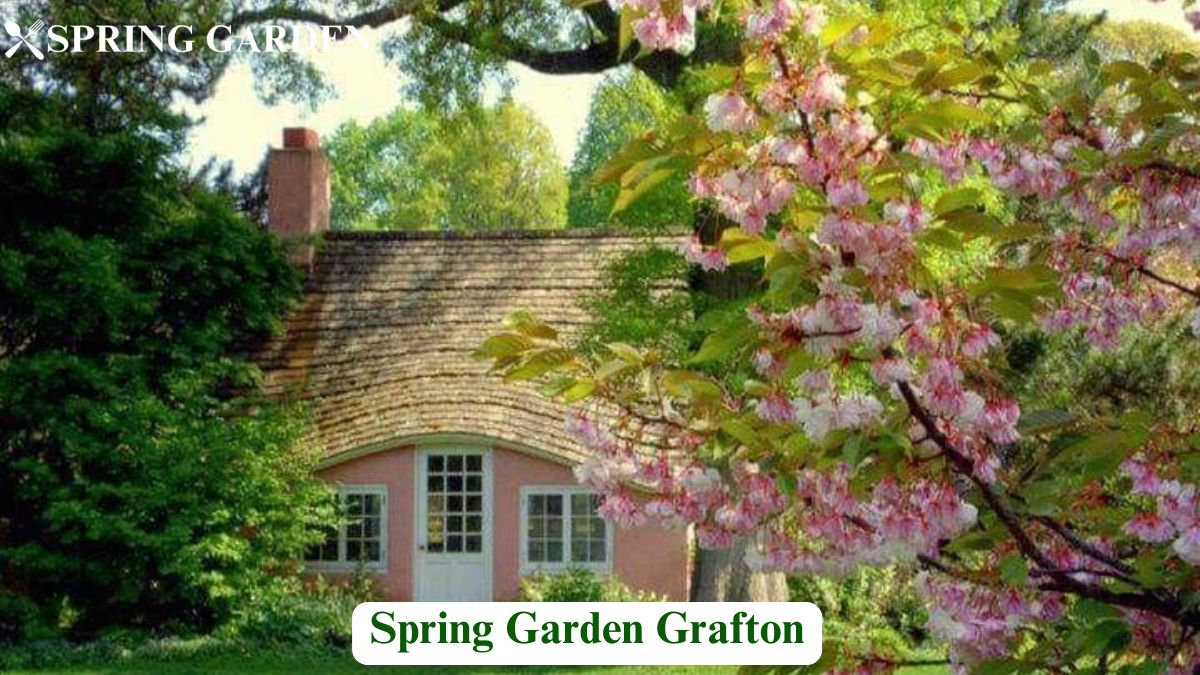Nestled in the heart of Grafton, Spring Garden Grafton is a breath-taking oasis of natural beauty. This vibrant garden, known for its diverse flora, stunning landscapes, and serene ambiance, has become a favourite destination for nature lovers, photographers, and families alike. Whether you’re looking for a peaceful retreat, a place to explore exotic plant species, or a perfect picnic spot, this garden offers something for everyone.
In this comprehensive guide, we’ll explore the history, attractions, best visiting times, and hidden treasures of Spring Garden Grafton. We’ll also share visitor tips, nearby dining options, and future developments to help you plan the perfect trip.
History and Background of Spring Garden Grafton
Origins and Early Development
Spring Garden Grafton has a rich history dating back to the early 19th century. Originally established as a small botanical reserve, it was designed to preserve native Australian plant species while introducing exotic flowers from around the world. Influenced by European landscape architects, the garden was meticulously planned with walking trails, water features, and shaded resting areas.
Evolution Over the Years
Over time, the garden expanded, incorporating themed sections, rare plant collections, and sculpture installations. Major renovations in the 20th century enhanced accessibility, added greenhouses and visitor centers, and introduced an educational component for students and researchers.
Current Status and Popularity
Today, Spring Garden Grafton is a well-maintained public attraction, welcoming thousands of visitors each year. The garden hosts seasonal events, community programs, and guided tours, making it a dynamic space for both relaxation and learning.
Location and How to Get There
Exact Location and Accessibility
Spring Garden Grafton is conveniently located in Grafton, New South Wales, Australia. The garden is easily accessible via main roads and public transport, making it a convenient getaway for both locals and tourists.
Best Ways to Reach the Garden
- By Car: Ample parking spaces are available near the entrance.
- By Bus: Several local bus routes stop near the garden.
- By Bicycle/Walking: Dedicated pedestrian and cycling paths make it an eco-friendly destination.
Nearby Attractions
If you’re in Grafton, you might also want to visit:
- Jacaranda Avenue – Famous for its stunning purple blooms in spring.
- Grafton Regional Gallery – Showcasing local and national artworks.
- Clarence River – Ideal for a riverside stroll or picnic.
Flora and Fauna of Spring Garden Grafton
Native and Exotic Plant Species
Spring Garden Grafton is home to over 500 species of plants, ranging from native eucalyptus trees to imported roses and orchids. Some must-see plants include:
- Jacarandas – Known for their stunning purple blossoms.
- Wattle Trees – Australia’s national flower.
- Tropical Orchids – Found in the garden’s greenhouse.
Wildlife and Birdwatching
This garden is a paradise for birdwatchers and nature enthusiasts. Visitors can spot:
- Kookaburras
- Lorikeets
- Butterflies and native bees
Conservation and Sustainability Efforts
The garden is committed to eco-friendly practices, including:
- Water conservation systems
- Organic gardening techniques
- Native habitat restoration programs
Best Time to Visit Spring Garden Grafton
Spring: The Peak Bloom Season
- The best time to visit is during September–November when flowers are in full bloom.
- Perfect for photography and picnics.
Summer and Fall: A Different Perspective
- Summer offers lush greenery and warm weather.
- Fall features beautiful foliage and a quieter atmosphere.
Winter: A Tranquil Experience
- A peaceful time to visit with fewer crowds.
- Best season for birdwatching and enjoying crisp air.
Top Attractions and Features in the Garden
Themed Garden Sections
- Japanese Garden – Featuring cherry blossoms and koi ponds.
- Rose Garden – A romantic spot with over 100 rose varieties.
- Rainforest Walk – A shaded path through tropical vegetation.
Greenhouses and Botanical Displays
- Home to rare orchids, succulents, and exotic ferns.
- Interactive exhibits explaining plant conservation efforts.
Hidden Spots and Secret Corners
- Quiet benches under flowering trees.
- Meditation areas near water features.
- Less crowded picnic zones.
Dining and Refreshment Options
| Option | Location | Specialty |
| Garden Cafe | Inside the garden | Fresh salads, organic coffee |
| Local Bistro | 5 min walk | Australian cuisine |
| Picnic Area | Near lake | Bring-your-own food |
Future Plans and Developments
Upcoming Renovations and Expansions
- New visitor center
- Additional walking trails
- Expanded conservation projects
How Visitors Can Contribute
- Donate to conservation efforts.
- Join volunteer programs.
- Participate in educational workshops.
FAQs
What are the opening hours?
9 AM – 6 PM daily.
Is there an entrance fee?
No, it’s free for all visitors.
What’s the best time to visit?
Spring (September–November) for peak bloom.
Are pets allowed?
Only service animals are permitted.
Are there guided tours?
Yes, every weekend at 10 AM and 2 PM.
Can I bring my food?
Yes, there are designated picnic areas.
Are there wheelchair-accessible paths?
Yes, most paths are wheelchair-friendly.
What flowers bloom in spring?
Jacarandas, roses, orchids, and wattle trees.
Can I book the garden for events?
Yes, bookings are available for weddings and parties.
How can I support the garden?
Donations and volunteer programs are available.

